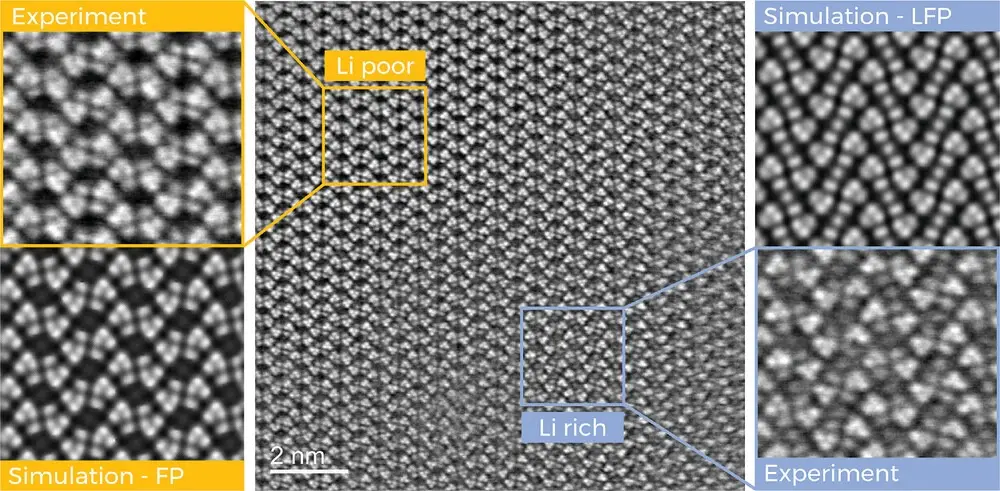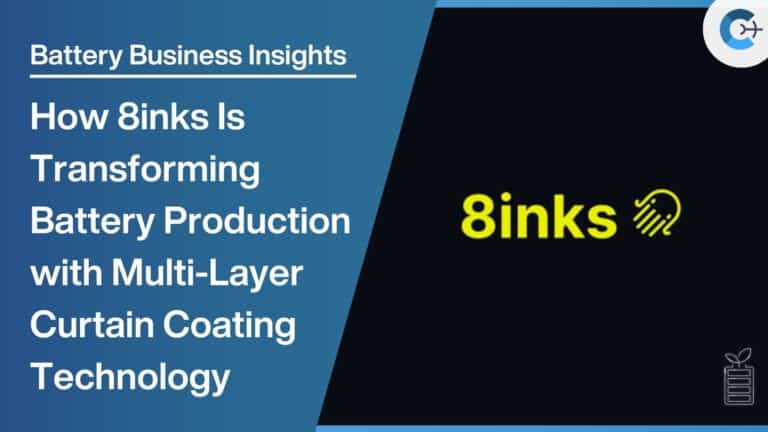Researchers at Graz University of Technology (TU Graz) have identified the mechanism behind capacity limitations in lithium-ion batteries, specifically in lithium iron phosphate cathodes. This material is widely used in electric vehicle batteries and energy storage systems due to its longevity, cost effectiveness, and safety profile.
A breakthrough in battery research
The study, published in Advanced Energy Materials, used advanced microscopy techniques to observe the behavior of lithium ions within the cathode material. The research team discovered that even in fully charged battery cells, some lithium ions remain immobilized in the crystal lattice of the cathode instead of migrating to the anode as expected. This phenomenon accounts for up to 25% of the theoretical storage capacity of these batteries.
Using a combination of electron energy loss spectroscopy, electron diffraction, and atomic-scale imaging, the researchers mapped the distribution of lithium ions in the cathode material with high precision. Their analysis revealed areas of different lithium enrichment and identified distortions in the crystal lattice at transition zones.
Implications for future battery development
Daniel Knez, from the Institute of Electron Microscopy and Nanoanalysis at Graz University of Technology, explained that these findings provide valuable information about the physical effects that have so far hindered battery efficiency. This knowledge can now be applied to the further development of battery materials.
The research methodology developed by the TU Graz team can be adapted to study other battery materials, potentially leading to broader advances in energy storage technology. This study contributes to TU Graz’s strategic focus on advanced materials science and represents a significant step towards optimizing lithium-ion battery technology for various applications.
The knowledge gained from this research could enable engineers to design more efficient batteries with higher capacity, potentially improving the performance of electric vehicles and renewable energy storage systems in the future.
Source: TU Graz
Publication: Phase Transitions and Ion Transport in Lithium Iron Phosphate by Atomic-Scale Analysis to Elucidate Insertion and Extraction Processes in Li-Ion Batteries; Advanced Energy Materials; 2024, 2304381; DOI: doi.org/10.1002/aenm.202304381
















